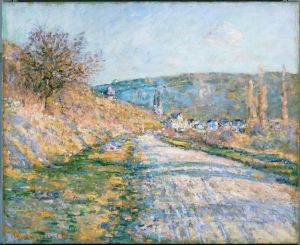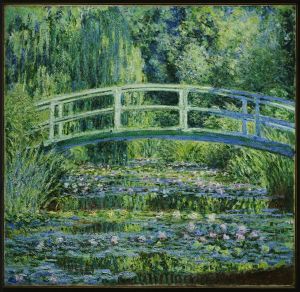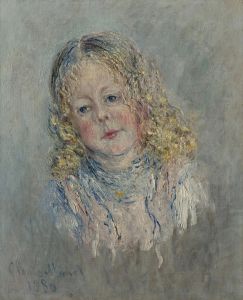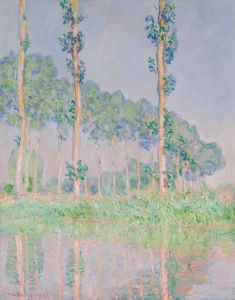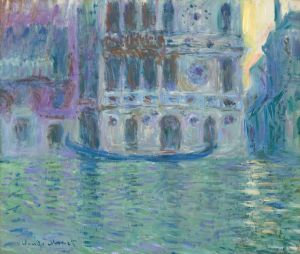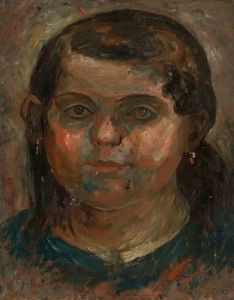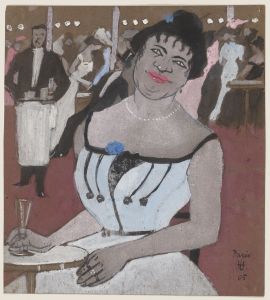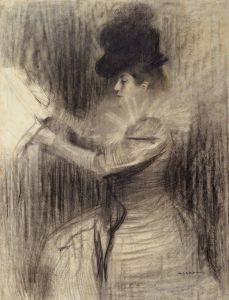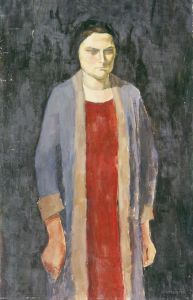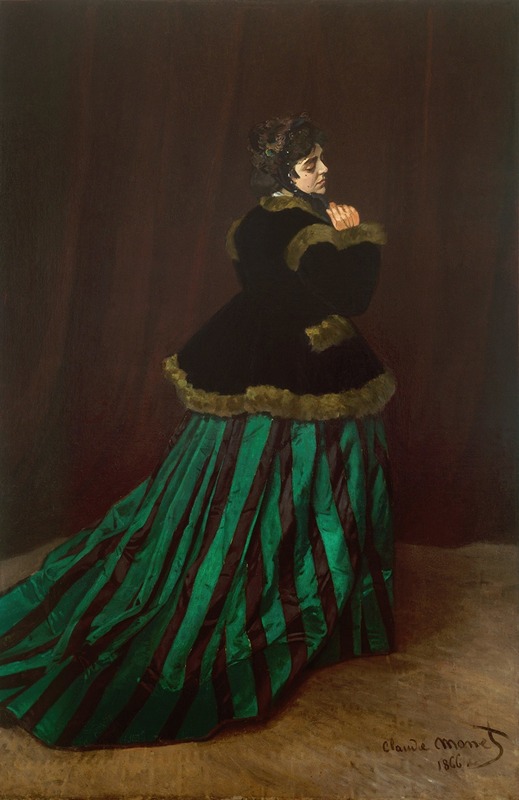
Camille
A hand-painted replica of Claude Monet’s masterpiece Camille, meticulously crafted by professional artists to capture the true essence of the original. Each piece is created with museum-quality canvas and rare mineral pigments, carefully painted by experienced artists with delicate brushstrokes and rich, layered colors to perfectly recreate the texture of the original artwork. Unlike machine-printed reproductions, this hand-painted version brings the painting to life, infused with the artist’s emotions and skill in every stroke. Whether for personal collection or home decoration, it instantly elevates the artistic atmosphere of any space.
Claude Monet's painting Camille, also known as The Woman in the Green Dress (La Femme à la Robe Verte), is an early and significant work by the French Impressionist painter. Completed in 1866, the painting depicts Monet's future wife, Camille Doncieux, and is notable for its detailed realism and departure from the looser brushwork that would later characterize Monet's Impressionist style.
The painting was created during a period when Monet was still developing his artistic identity and experimenting with techniques influenced by the Realist and Naturalist movements. In Camille, Monet demonstrates his mastery of texture, light, and color, particularly in the intricate rendering of the green dress, which is the focal point of the composition. The dress is depicted with remarkable attention to detail, showcasing the folds, sheen, and movement of the fabric. Camille is shown standing in a confident pose, her head turned slightly to the side, with a neutral background that emphasizes her figure and attire.
Camille was exhibited at the Paris Salon of 1866, a prestigious annual art exhibition that played a significant role in the careers of many artists during the 19th century. The painting received critical acclaim, marking an important milestone in Monet's early career. Its success helped establish Monet's reputation as a promising young artist and brought attention to his talent for portraiture and his ability to capture the nuances of fashion and personality.
Camille Doncieux, the subject of the painting, was a significant figure in Monet's life. She became his muse and later his wife, appearing in several of his works. Camille is one of the earliest known portraits of her by Monet and provides a glimpse into their personal and artistic relationship.
This painting is often regarded as a transitional work in Monet's oeuvre, bridging his early academic training with the innovative techniques that would later define Impressionism. While Camille does not yet exhibit the loose, light-filled brushstrokes of Monet's later works, it reflects his keen observational skills and his interest in capturing the interplay of light and texture.
Today, Camille remains an important example of Monet's early work and is celebrated for its technical precision and emotional depth. It is housed in the Kunsthalle Bremen in Germany, where it continues to be admired by art enthusiasts and scholars alike.






